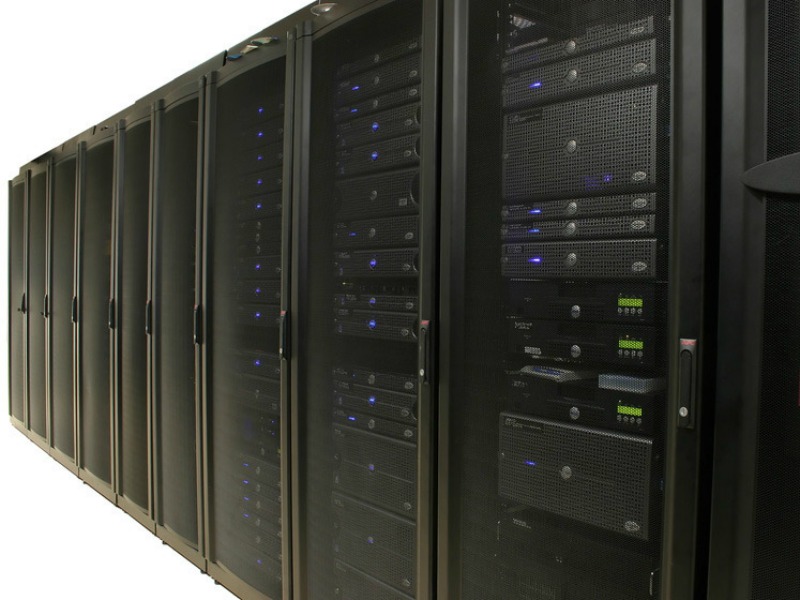Virtualization dramatically simplifies your IT infrastructure by making it more efficient and easier to manage.
Virtualization allows businesses to deploy services and applications as and when required without any real impact on their day to day operations. The main business benefit of virtualization is the massive cost savings it brings. Typically businesses that deploy virtualization technology experience a 50 – 70% reduction on overall IT expenditure.



